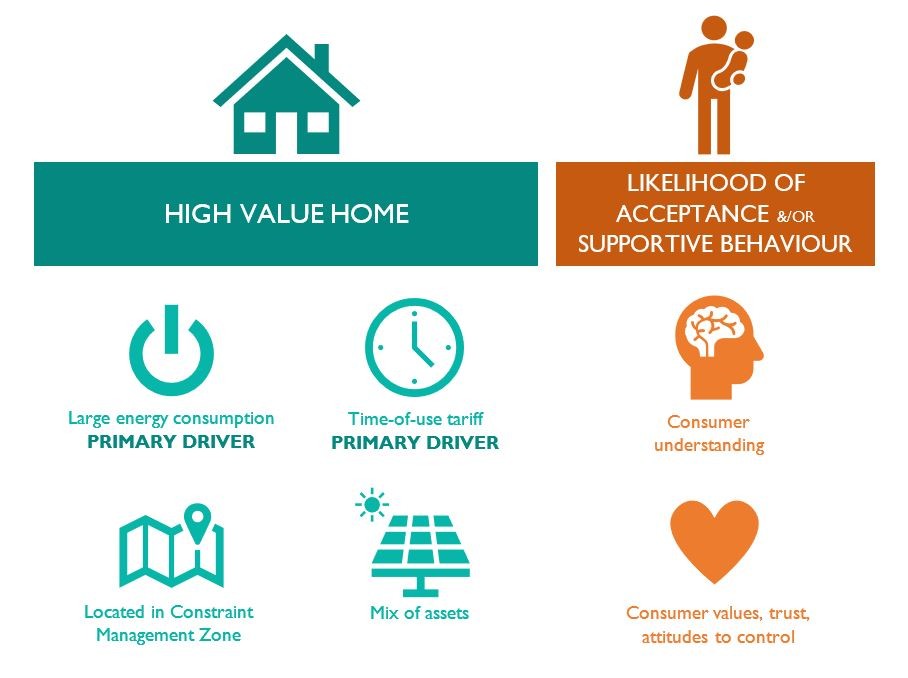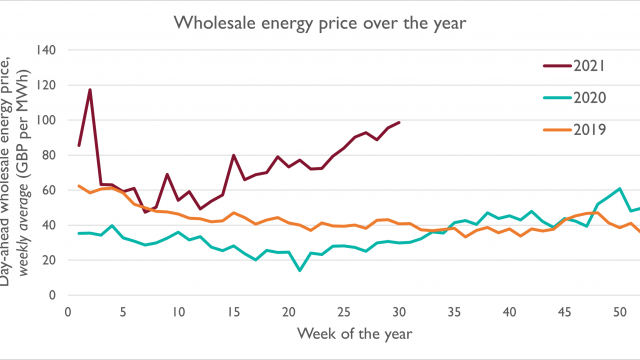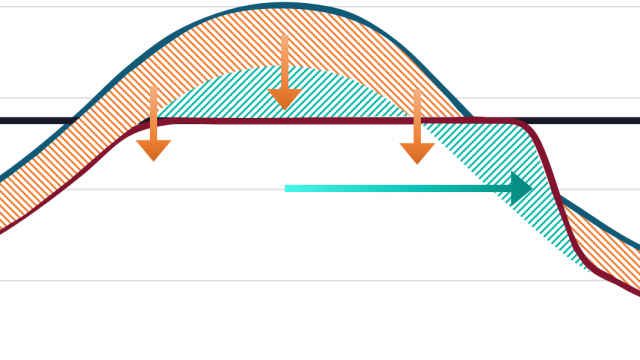Forget averages: at £84-859/home, Core4Grid shows that a winning domestic flex strategy must be selective
Published August 2021
Flex value achieved from homes in the Core4Grid demand response trial varied by a factor of 10! The economic logic pushes suppliers towards a selective approach – so policymakers will need to work extra hard to ensure no one gets left behind. Everoze partner Felicity Jones shares some surprising results from a recent domestic demand response trial, featuring optimisation from batteries, solar, heat & EV-charging. A great collaboration with GEO (Green Energy Options), EDF, UK Power Networks, KrakenFlex (formerly Upside Energy), HACT and Cambridge Energy Group.
I could choose to start this blog with a single number: £400/home/yr. This was the average value (rounded) saved by homes participating in our BEIS-funded trial Core4Grid.
That might be a strong start to a blog, because everyone loves a number: it’s quotable, it’s specific, a clear mark in the sand.
And this particular £400/home/yr number has provenance: it’s not some abstract desk-based calculation, but rather than the result of real activity in real homes. Expertly marshalled by Thom Whiffen of geo, a team of us* deployed a home energy management system (HEMS), a mobile app and flexible assets (heating, EV chargepoint, batteries, solar PV) in 24 homes in East England. Unlike some other trials, we took a true ‘whole home’ approach, including automated control of heating assets to deliver agreed comfort levels.
Averages distract us from the 10X difference
But it turns out that focusing on the average figure of £400/home is rather misleading. Because dig a little deeper, and what really strikes you from our Core4Grid data is the sheer range.
The flex value achievable from homes in our trial varied by a factor of 10! Out of the 24 homes piloted, the lowest value home delivered just £84 savings throughout the 12 months, whereas the highest delivered a whopping £859 (that household was one happy triallist!).
For clarity, these figures were achieved by shifting demand from high price periods, and optimising self-consumption from solar. When DSO services provided by UKPN were added to the mix, savings increased by a further £0-180/yr. While our sample size is relatively small, this nonetheless hints at a key insight: there is huge variability in the size of the prize for domestic flex, per home.
High-value homes
So, what exactly is a high-value home? Our data points to a mix of factors, summarized in the infographic below. The house delivering the greatest savings had solar + electric heating + battery, and the backdrop of a high initial energy bill.
Given the importance of consumer acceptance, a high potential home must engage with psychographic factors such as environmental values, trust and attitudes to control too. This came through in Core4Grid’s qualitative data – and it’s a point that my data scientist colleague Freya Espir repeatedly reminds me of too.
So what?
On the one hand these findings are rather mainstream. After all, it’s already common for businesses to segment their customer base according to projected long-term value (LTV), and deploy targeted marketing accordingly.
But what is striking is the magnitude of difference between a low and value home: literally 10X. Domestic flex puts customer segmentation on steroids, amplifying the difference between different customer groups. It’s a pattern that Everoze has seen through other work too, such as the MADE project.
That brings both good and bad news:
- The good news: If industry can identify and target high-value customers, marginal business models tip into viable ones, accelerating the country’s journey to net zero. Fact is, building a business case to support high-value homes of £600-800 is easier than serving the average home worth £400.
- The bad news: On the flip side, the range of results shows that there’s a real risk of some customers being left behind. And it’s on this point that my blog headline falls seriously short: the economic logic (right now) is to be selective, but our social responsibility is to drive an equitable approach. I can’t emphasise this enough. The Centre for Sustainable Energy’s landmark programme ‘Smart and Fair?’ is helping to chart a way forward – I’m looking forward to getting involved.
Your thoughts
So Core4Grid challenges us to focus less on averages, and more on the range. Everoze’s view is that industry needs to probe the drivers of that range further through applying data science to empirical data (let us know if we can help with that!). We’d love to hear your thoughts.
* geo, Upside, EDF, Everoze, HACT, Cambridge Energy and UKPN.







